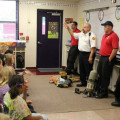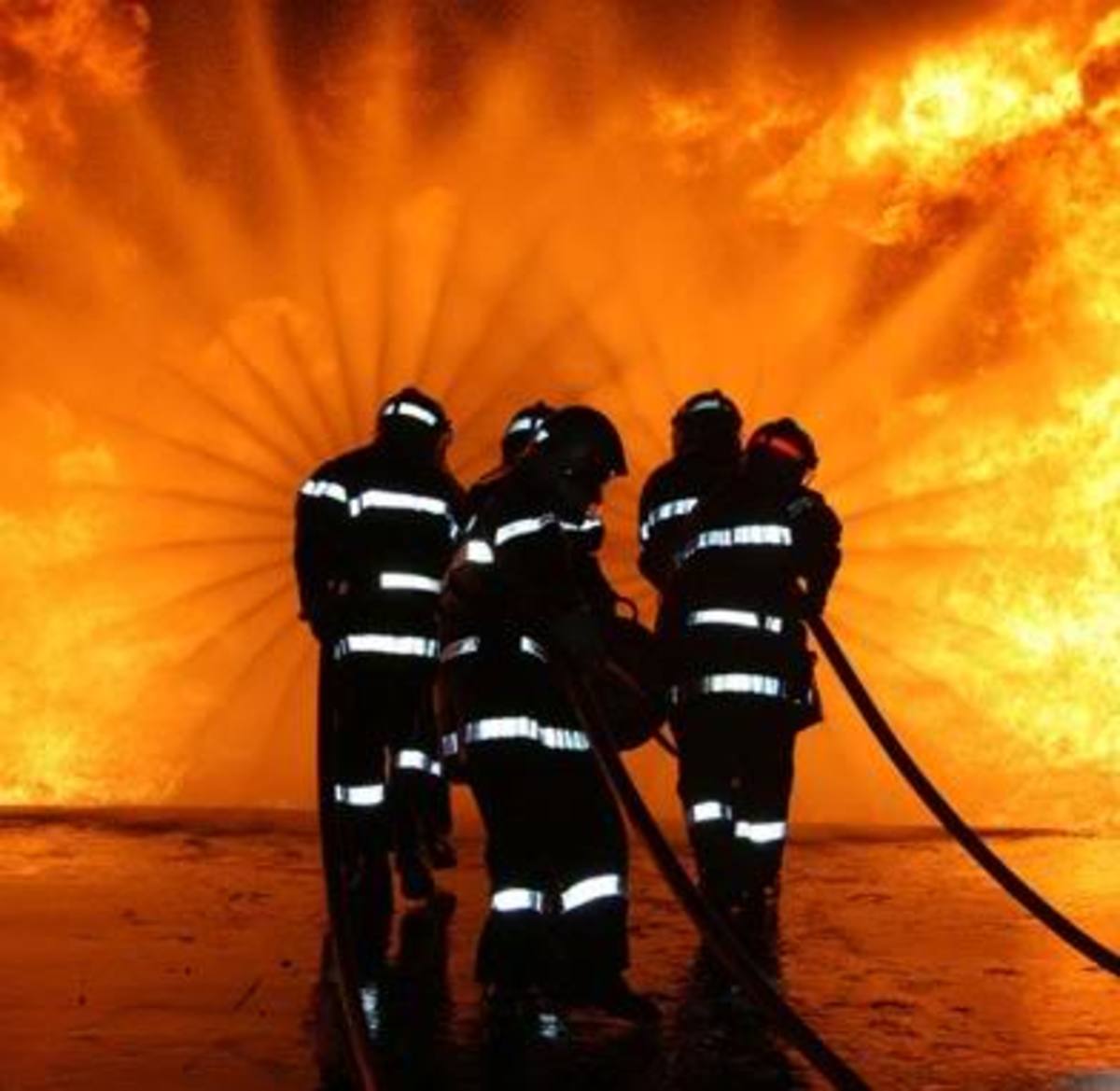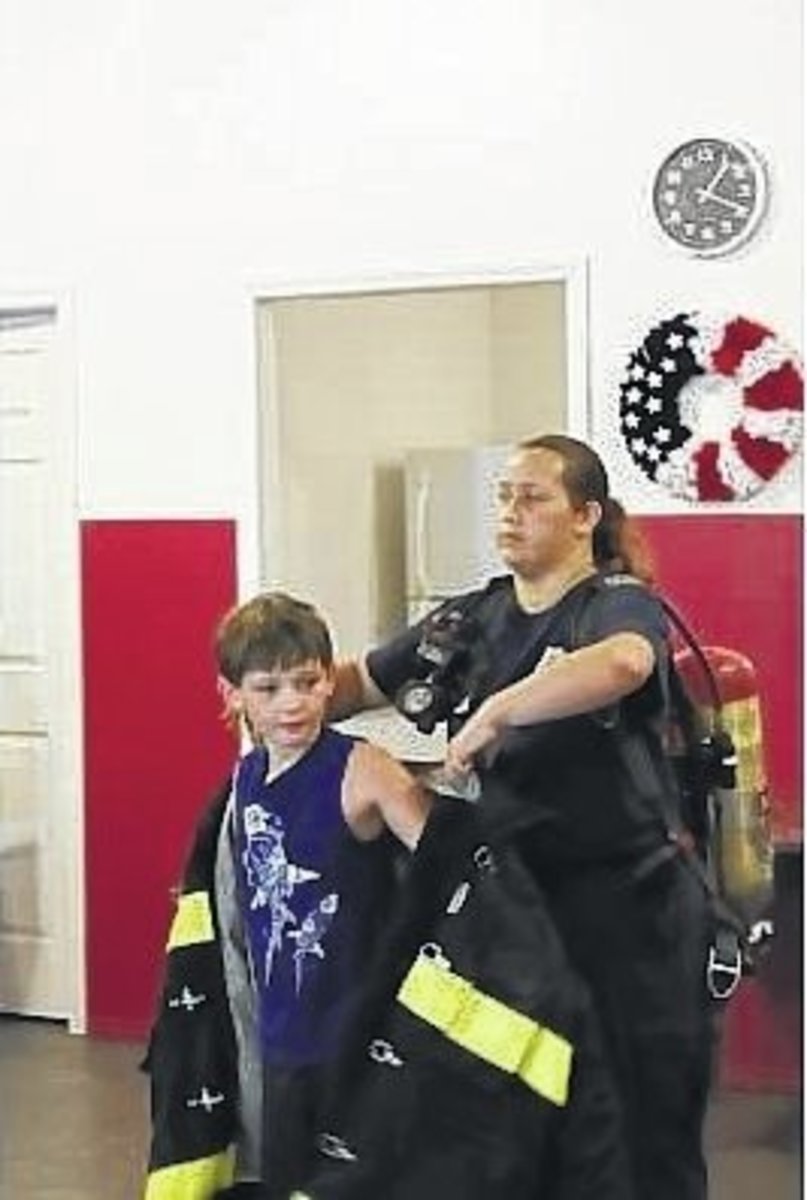Let's Talk Fire: The Public Information Officer
Public Information Officer
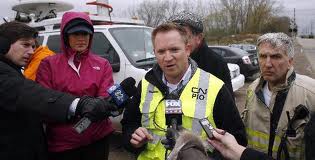
What is a Public Information Officer?
The public information officer is one of the key roles to major scenes in the fire service. This is the person who makes reports to the media, among other things. The sad part is many fire departments do not utilize this aspect of incident command and the of the ones who do they are many who don't understand the full scope of the PIO role in the fire scene.
In this installment of Let's Talk Fire we will take a closer look at 4 of the major roles the PIO plays in scene management and also break down how these roles help move a scene to the desired outcome. The role of PIO is a very important one, especially on scenes where bystanders, the media, or other fire departments may be present.
The Four Vital Roles
PIO have four major roles they need to focus on. Each role is as important as the other and all need to be carefully thought out. Those four roles are
- Making Emergency Notifications
- Recruiting New Members
- Providing Information To The Media
- Provide Information To The Public
Each of these plays a step in bringing the scene to a close or in some ways increasing awareness to the fire department and what it does. As a PIO you need to have some serious training. It is vital that you know what you are reporting. This means study the department SOPs and SOGs on a regular basis. You also need to know how to handle people who are trying to get you to mess up or reveal information that will make a news story hot and heavy but in turn may damage the integrity of your department or the privacy of the victim's and their families. People skills are a must for this title and to many times departments place firefighters with limited people skills and temper issues into this position hoping to avoid all media contact at all. This is a bad move and should be avoided at all cost.
PIOs are not there to divert media attention but there to make it go the way that best suits the scene and what the fire department are doing at that time.
Emergency Notification
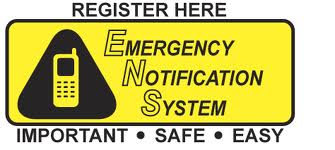
Resource
1. Making Emergency Notifications
This is a tricky one to approach in many ways. The PIO needs to take in all the information they can and than the decision to release that information to the public in the form of an emergency notification is made. Some scenes will not require this action. There are others however that will depend up on this action to keep the scene safe and workable. Let's look at an example.
Jeff is the PIO and is on scene of a tractor trailer turned over on a major highway. The contents have proven to be gasoline and the liquid is seeping into a local stream. Jeff has a moral obligation as well as a professional one to report these findings. Several notifications need to be prepared on this particular scene,. One needs to be addressed to the highway department and they need to route all traffic in another direction to avoid further incident. This may also be when an PIO would contact the local radio or TV station to have them broadcast that a detour will be needed on the highway in which this tanker truck has overturned.
Next we need to look at the environmental impact here. That stream may go all over and the gas can be devastating. Jeff may consider a report to the EPA informing them of the situation. Another aspect to look at is what if that stream is part of a water supply system. Jeff would need to inform the utilities of that area of the spill and let them decide what actions need to be taken on it.
Emergency notifications act in many ways as mitigation tactics.
Free Materials
- USFA Publications
This page contains an online shopping application that allows U.S. Fire Administration Website visitors to order fire-related publications free of charge.
2. Recruiting New Members
While many departments do not put the focus of this task on the PIO is it one they should be willing and more importantly ready to do if the task is assigned to them. The fire service is made up of so many people. It is vital we continue to branch out and add new people to what we do. The PIO is a great way to do that.
With vast knowledge of the workings of the fire service and in particular their department they should have great knowledge to answer questions and help people to better understand what is going on with the fire service. PIO are a great tool to get out there and really meet and great with the public. They can hand out flyers, teach safety to a local school or just be there to give tours of the fire station when asked to.
3. Releasing Information To The Media
This is a tricky one. The media will arrive on scenes if they think that scene can be a hot news item for them. The sad part is they generally don't show any compassion for the victims or any concern for us as firefighters. I can tell you that the media will always want to speak to a chief or incident commander and as we all know those are the cats with their hands full running the scenes and all of it's operations so this is a great time to deploy the PIO.
The key is know what you should and should not release, but more important is what you can and can't release. Never release actual names of anyone involved in the incident. This can create legal issues later on. Also if there was a death and it is going to be investigated do not give the media that information until the scene is completely resolved. Death will bring rubberneckers!
Work hand in hand with the IC to determine what needs to be told and what needs to be kept confidential.
Know Your Role
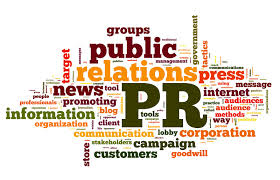
Another video.
4. Releasing Information To The Public
Again we are treading in troubled waters. The public will show up and demand that we tell them what is going on. Some will go as far as to declare their tax dollars pay our salaries and so on and so fourth. The reality is we are not obligated to reveal any information to them. Always refrain from doing so.
I advice everyone in the PIO position to tell all public on lookers that they can wait until the reports are released at a later time and if they persist to be a bother call in a law enforcement officer and let them deal with it. We have a job to do and it can't afford to be compromised by unruliy onlookers. I like to keep any non essential personal away from the scene.
As a PIO it becomes your task to only alert the public to what you feel they need to know. Let's say a house fire has killed two small children. This is traumatic news and you may want to keep that to yourself for the time being. Now if a car accident has blocked a major road that you can tell but remember not to mention details about the actual event.
You may say the car is blocking the road and it will be a little while before you can have traffic restored and that is all you are required to say.
In Closing
I hope this text has encouraged you to seek out more information on the role of PIO and use it to your fullest advantage on fire scenes. I am also inviting everyone who reads this and any of the Let's Talk Fire series to join us on Facebook right here at Let's Talk Fire. Until next time, stay safe.


